Are either an oyster shell bag living shoreline or a QuickReef® shoreline appropriate for my property?
Most sites with low to moderate wave energy can benefit from oyster shell bag or QuickReef® shorelines. A brief site visit by our team can determine whether your property is suitable for these types of shorelines and allow us to provide you with a cost estimate. Depending on the circumstances, we may recommend a “revetment” or a “sill.” Revetments are a type of living shoreline in which the materials are placed against the existing shoreline. Sills are placed up to 30 feet offshore, depending on site conditions.
How affordable is an oyster shell bag or QuickReef® living shoreline?
Costs vary depending on your specific site conditions, but most living shorelines in coastal North Carolina can be permitted and installed for less than $200 per linear foot. Not only is this a less expensive initial investment, living shorelines require little to no future maintenance, reducing the long-term cost of ownership.
Will my shoreline “grow” oysters?
If there are natural oyster larvae (known as spat) in the water, then those larvae will attach to your new living shoreline and grow quickly. Depending on local water quality, they can be eaten!
Can a living shoreline “grow” marsh?
As waves wash over an oyster shell bag or QuickReef® sill, sand and other sediment drop out of the water and are deposited behind it. In most cases, over time, enough material is deposited to create new marsh. We can plant this area with marsh grasses the year following the construction of your sill to expedite this process.
My shoreline is eroding NOW! How soon can you have my living shoreline installed?
If you are installing less than 500 feet of living shoreline, it can be a matter of weeks between the time you submit a quote request and the time we are finished with the installation. Weather can affect this, of course, but it’s really a quick process.
We launch kayaks from our shoreline and/or like to walk into the water, will a living shoreline prevent this?
We can put a five-foot break in your shoreline with a baffle in front of it so that your shoreline is fully protected and you still have full access to the water. Just let us know when we visit your property that this is something you’d like so that we can include it in your permit application.
What permits are required in North Carolina for an oyster shell bag living shoreline and who makes the application?
We do all the permitting. If you are installing less than 500 feet of living shoreline within 30 feet of your property, we will acquire an NC Division of Coastal Management Coastal Area Management Act (CAMA) General Permit 2400 or General Permit 2700 for your shoreline. The North Carolina Coastal Resources Commission and US Army Corps of Engineers approved these permits in 2019 to encourage the installation of living shorelines. We can typically obtain the permits within a couple weeks of submittal.
If you are installing more than 500 feet or need to go more than 30 feet offshore, then you will need a CAMA Major Permit. Major Permits are a lengthier process. It is rare that a private homeowner needs to apply for a Major Permit.
Do I need my neighbor’s permission to install a living shoreline?
Regulations vary by state. In North Carolina, we have to inform your neighbors that own property adjacent to yours that you intend to install a living shoreline. They have 10 days from that notice to let us or the Division of Coastal Management know if they have any objections to the project. The only “permission” you need from them is in the instance that you want your living shoreline to be built further than 25 feet from shore within 15 feet of the property line. They can waive this setback, allowing you to build at the maximum extent right up to the property line (and most do).
Have other questions? Feel free to email us at info@nativeshorelines.com.
